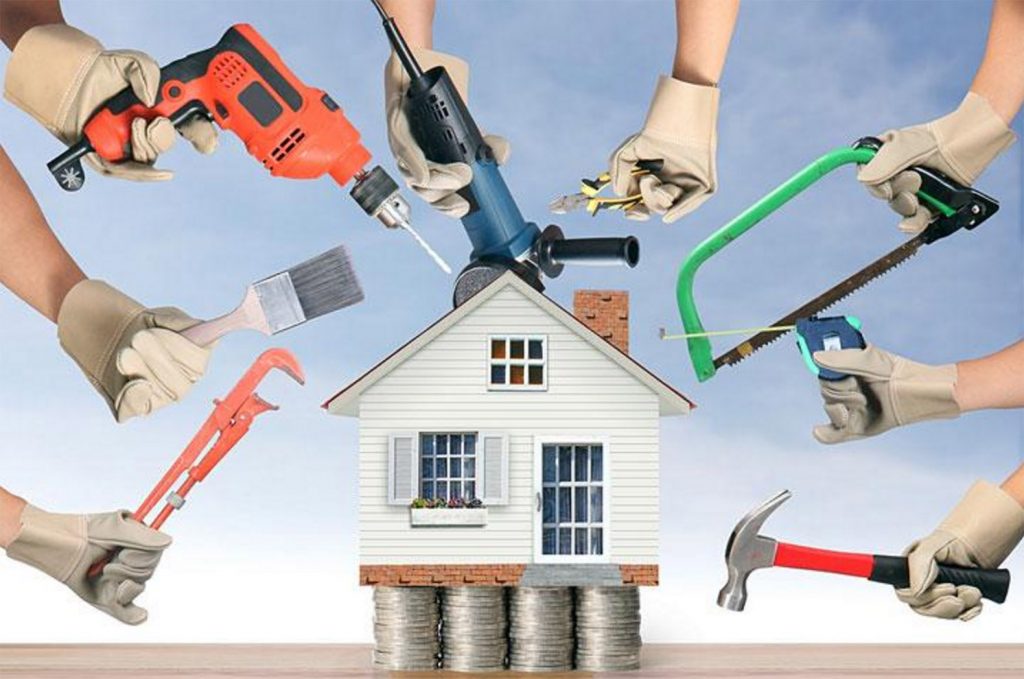Ask Brian is a weekly column by Real Estate Expert Brian Kline. If you have questions on real estate investing, DIY, home buying/selling, or other housing inquiries please email your questions to [email protected].

Question from Jerry in Carlisle, PA: Hello Brian.This will be the first winter for my wife, son, and me in our new house. It took all of our savings to buy this 15 year old home 5 months ago. With winter is quickly setting in, I’m concerned our heating bill will be a lot more than we paid when living in apartments. I’m prepared to spend a few hundred dollars using a credit card to make a few heating improvements. What do you think is the best use of the little money we have available?
Answer: Hi Jerry. There are several things you can do as long as you don’t mind doing the work yourself. It’s certainly the time of year when homeowners tackle these types of chores. There are a few previous articles that you might want to check out on this topic:
Not all of those projects are low cost but there are some low cost projects mixed in with the more costly ones. As a low cost priority list, I recommend:
Adding a ceiling fan is more expensive and a bigger DIY chore to undertake but can be well worth the effort. Especially if you have high ceilings. All of your heat goes straight to the highest point in your house. A ceiling fan will recirculate the air that has already been heated so that it keeps the rooms warm much longer. An added bonus is a ceiling fan will keep rooms cooler in the summer as well. Being able to use these during both seasons makes double sense for this added expense and work.
Be sure to look for at Energy Star ratings to maximize your energy savings. Although all almost all ceiling fans are reversible, it’s not worth saving a few dollars for a fan that isn’t reversible when the season changes. Also, be sure to reset your thermostat based on installing a fan. If the rooms feel too warm, you want turn down the temperature setting regardless if it is set at what was previously comfortable.
The two biggest challenges to installing a ceiling fan are adding electrical and properly mounting it to the ceiling. You may need a professional electrician to wire it into your circuit box. However, you might be able to save the expense of running new wiring through the walls by running decorative wire conduit on the outside of the ceiling and walls (check local permit requirements). To install the fan on the ceiling, you have to make sure it is attached to the ceiling joists. The fan will come with instruction to do this but there are many online videos showing how to do this correctly. If there is something unique about your ceiling, there are probably videos dealing with your situation.
Jerry, these are only a few of many possible projects to inexpensively and easily improve your winter heating efficiency. There may also be other projects appropriate to your house and regional location. Most utility companies offer free in house energy audits that you want to take advantage of. Many also offer low interest loans for larger projects.
Readers, what low cost and inexpensive ideas can you add to the list? Please leave your comments.
Our weekly Ask Brian column welcomes questions from readers of all experience levels with residential real estate. Please email your questions or inquiries to [email protected].